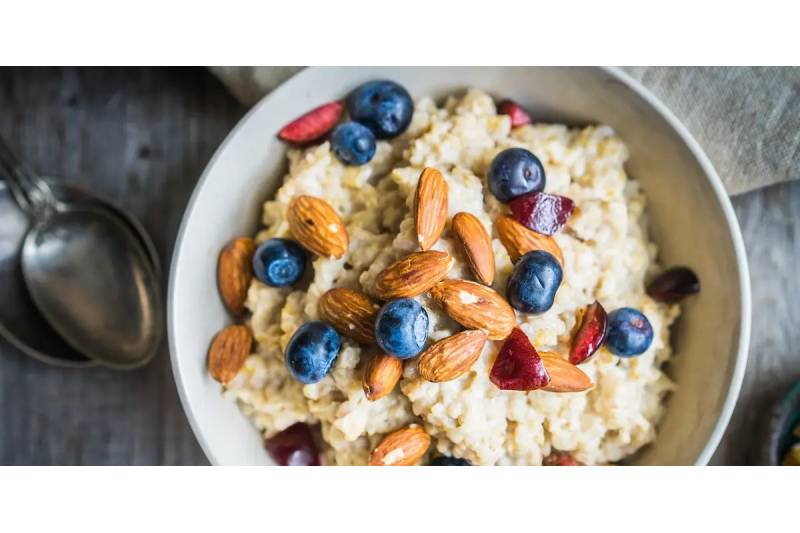Diabetology
Glycemic Index Chart + Tips: Best & Worst Foods for Blood Sugar
-

 Diabetology2 weeks ago
Diabetology2 weeks agoHow Blood Sugar Monitoring Can Help with Prediabetes
-

 Diabetology2 weeks ago
Diabetology2 weeks agoType 2 Diabetes Prevention: Take Control Before It Starts
-

 Diabetology2 weeks ago
Diabetology2 weeks agoSugar, Signals and Survival: Navigating Life with Diabetes in a Modern World
-

 Diabetology1 week ago
Diabetology1 week agoHow Exercise Impacts Blood Sugar Levels
-

 Diabetology2 days ago
Diabetology2 days agoDiabetes Screening: Why Early Detection Saves Lives
-

 Diabetology1 day ago
Diabetology1 day agoHyperglycemia: What You Need to Know to Stay Safe
-

 Diabetology1 day ago
Diabetology1 day agoCaring for Diabetes Daily: A Practical Guide to Routine Control











